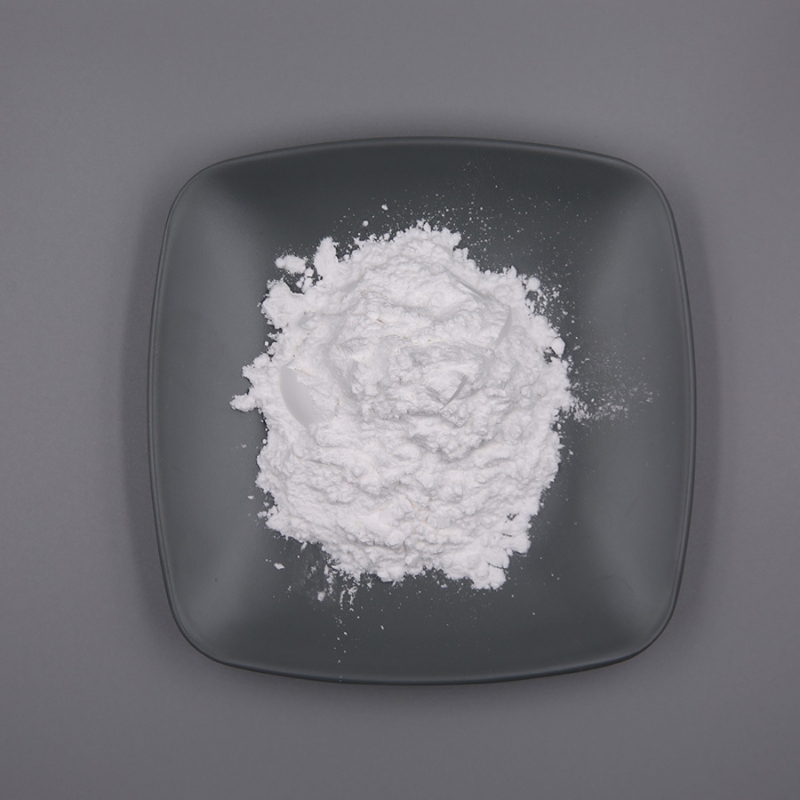-
Categories
-
Pharmaceutical Intermediates
-
Active Pharmaceutical Ingredients
-
Food Additives
- Industrial Coatings
- Agrochemicals
- Dyes and Pigments
- Surfactant
- Flavors and Fragrances
- Chemical Reagents
- Catalyst and Auxiliary
- Natural Products
- Inorganic Chemistry
-
Organic Chemistry
-
Biochemical Engineering
- Analytical Chemistry
-
Cosmetic Ingredient
- Water Treatment Chemical
-
Pharmaceutical Intermediates
Promotion
ECHEMI Mall
Wholesale
Weekly Price
Exhibition
News
-
Trade Service
researchers are interested in this issue because our previous research has shown that in mice, a high-fat diet can induce changes in gut microbes, promote metabolism and other diseases, while the ketogenic diet, which is high in fat, has been proposed as a diet to prevent or even treat diseases.
In a study published in the journal Cell, researchers recruited 17 adult overweight or obese non-diabetic men to stay in a metabolic ward for two months, where their diet and exercise levels were carefully monitored and controlled.
Highlights of the study include: the way the ketogenic diet changes the gut microbiome differently from the high-fat diet; that some of the changes in gut microbes caused by the ketogenic diet are driven by the production of endosterones; that β-hydroxybutyric acid selectively inhibits Bifidobacteria growth; and that the vitamin D-related gut microbiome lowers the levels of intestinal Th17 cells.
Photo Source: mBio:6 Nature: Intestinal Microbiome or Prognostic Doi:10.1038/s41586-020-2288-7, published in the international journal Nature In the study, scientists from Harvard University and others identified a new type of bowel-brain connection in amyotrophic lateral sclerosis (ALS), a neurodegenerative disease, and studied mice with common ALS gene mutations, finding that using antibiotics or fecal transplants to alter the gut microbiome or inhibit disease symptoms that improve the body.
findings may help explain why some individuals experience the mutation that induces ALS, while microbiome-based researchers may also be able to develop a possible therapeutic approach.
researcher Kevin Eggan said: 'In this study, we focused on the most common mutant genes in alS patients' bodies, and found that the same mouse models (the same genetic characteristics) may show significantly different health outcomes under different laboratory conditions; The researchers studied genetic mutations in ALS by developing mouse models in the lab, where the body's immune response was overactive, including inflammation of the nervous system and other parts of the body, which induced shorter lifespans; The outcomes were markedly different, and they speculated that different environments may have induced different health outcomes; by analyzing environmental differences in different mice, the researchers targeted the gut microbiome and used DNA sequencing to identify the gut microbiome, and the researchers found that there may be differences between the different mice.
Cell: How do gut microbes affect drug safety and effectiveness? In a study published in the journal Cell, researchers from Princeton University developed a systematic approach to assess how our gut microbiome chemically transforms or metabolizes oral drugs, affecting their safety and ability.
new approach provides a more complete picture of how gut bacteria metabolize drugs and may help develop more effective, less side-effects, and personalized drugs.
previous studies have looked at how a single type of gut bacteria metabolize oral drugs.
new framework allows you to assess a person's entire gut microbiome at once.
, researchers say, we don't shy away from the complexity of the microbiome, but embrace it.
this approach allows us to gain a more realistic view of the overall and realistic metabolism of the drug.
team used this method to assess the effects of gut microbes on hundreds of common drugs on the market.
the main part of the body where pills and liquid drugs are absorbed by the body.
researchers found 57 types of gut bacteria that can alter existing oral drugs.
80 per cent of these have not been reported before, underscoring the potential of the method to reveal unknown drug-microbiome interactions.
: The gut microbiome may be resistant to cholera doi:10.1016/j.cell.2020.05.036 If left untreated, cholera can kill patients within hours, with up to 4 million people dying each year.
a new study, researchers at the University of California, Riverside, describe how gut bacteria can help people fight the disease.
study was published in the Cell journal.
bacteria live in every corner of the planet -- even inside the human body.
Ansel Hsiao, a microbiologist at the University of California, Riverside, studies whether bacteria living in our bodies, collectively known as the human microbiome, protect people from diseases caused by external bacteria such as Vibrio cholerae.
vibrio cholerae lives in watercages and causes cholera.
, Hsiao's team looked at the gut microbiome of Bangladeshis, a country that suffers from cholera due to contaminated food, water and poor sanitation.
When people get sick, diarrhea is flushed into people's drinking water systems, which is a negative cycle," explains Hsiao.
team wanted to see if previous infections or other stresses, such as malnutrition, made people more vulnerable, compared with Americans who did not face the same pressures.
9 Nature: New Discoveries! Before the body infects the pathogen, the gut microorganisms may shape the production of a variety of antibodies in the body! doi:10.1038/s41586-020-2564-6B cells are white blood cells that develop antibodies that produce antibodies that can be associated with harmful foreign particles (viruses or pathogenicity) Bacteria, etc., bind and block their invasion of the host and infection of the body's cells, each B cell carries a single B-cell recipient (BCR) that helps determine the foreign substance being combined, as if each lock could accept a different key.
The body has millions of B cells carrying different receptors, and the huge diversity of B cells stems from the rearrangement of the encoded receptor genes, so that the receptors on the surface of each B cell are slightly different, allowing them to identify billions of different harmful molecules;
In a recent study published in the international journal Nature, scientists from institutions such as the University of Bern analyzed a table of billions of genes produced by encoded antibodies in the system







